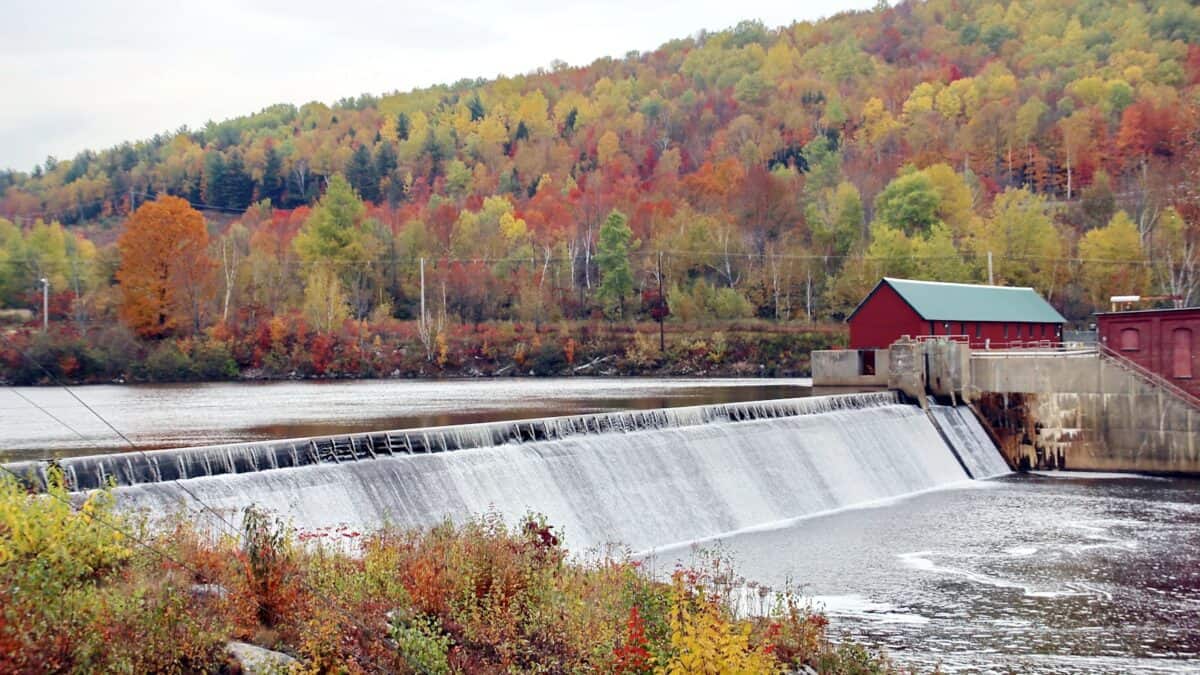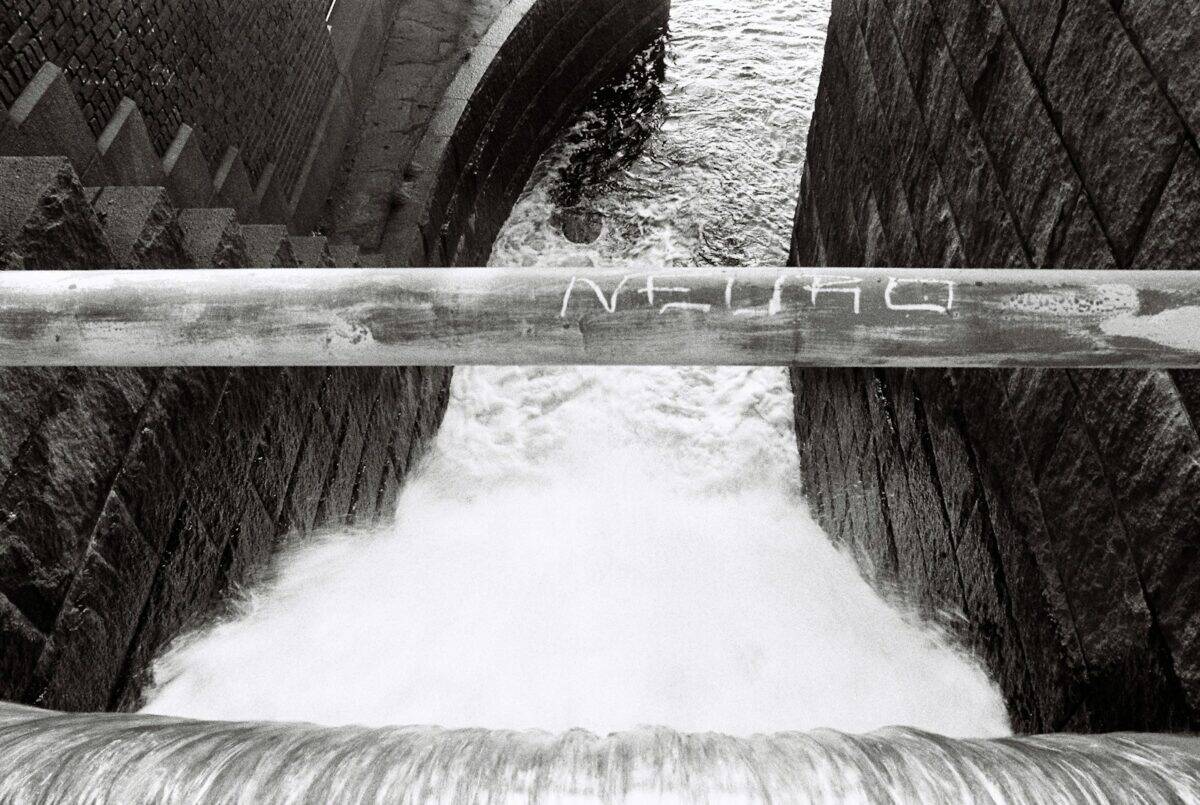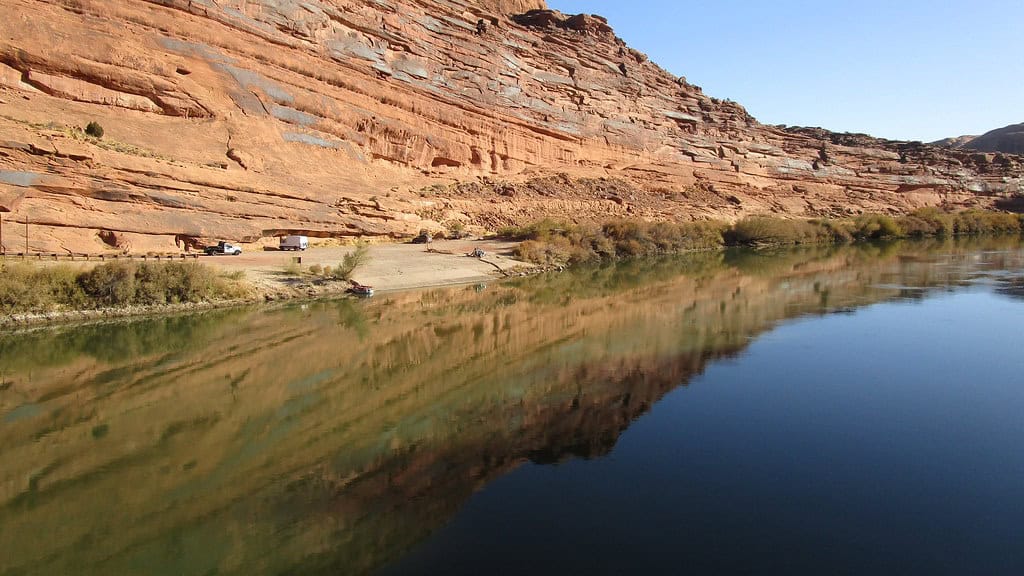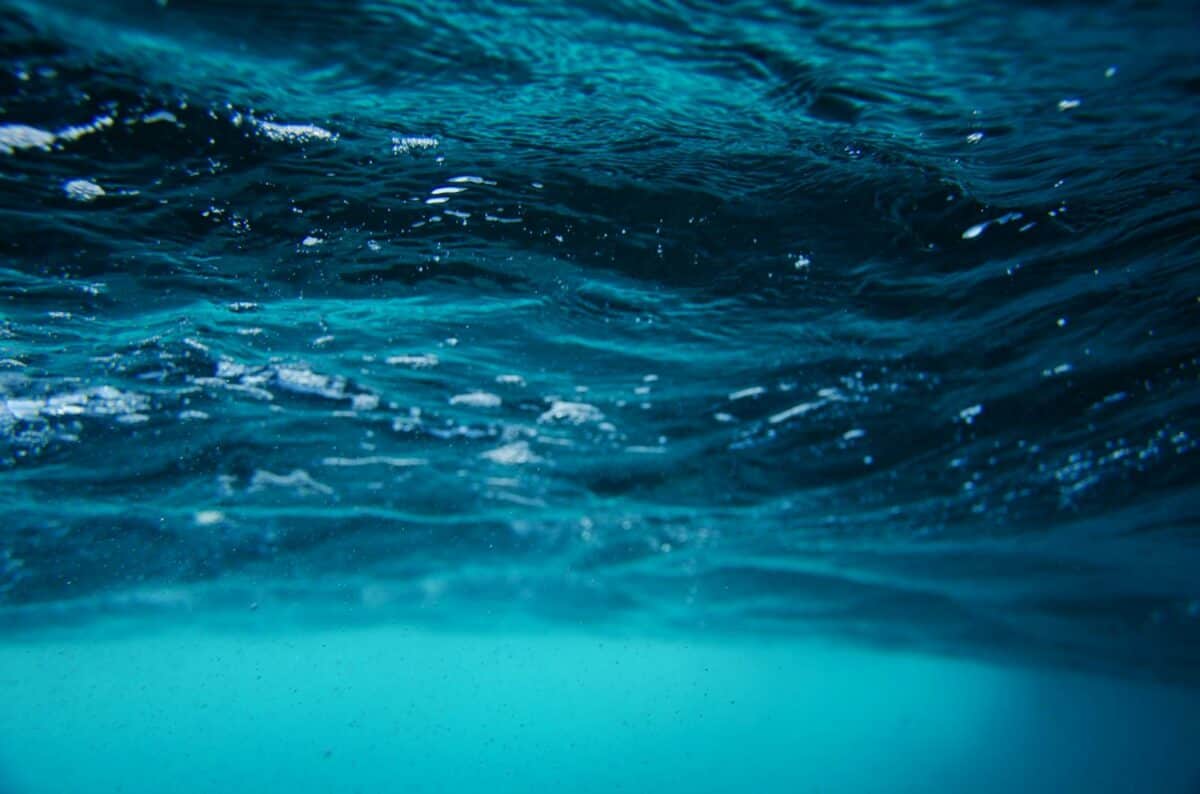Water – the fundamental resource that sustains all life and supports human civilization – is increasingly under threat across the United States. As climate change accelerates, population grows, and infrastructure ages, many regions of America face unprecedented water challenges that could fundamentally reshape where and how people live. What was once considered an issue primarily affecting the developing world is now becoming a stark reality for millions of Americans. This article explores how water scarcity could trigger significant population movements within the United States in the coming decades, examining the causes, vulnerable regions, potential migration patterns, and possible solutions to one of the most pressing challenges of our time.
The Growing Water Crisis in America

The United States is facing a water crisis of unprecedented proportions. Despite being one of the world’s wealthiest nations, America’s water security is increasingly threatened by a perfect storm of factors. According to data from the World Resources Institute, more than 40 states expect to experience water shortages within the next decade.
The U.S. Government Accountability Office reports that water managers in 40 out of 50 states anticipate water shortages in some portions of their states under average conditions in the coming years. These shortages aren’t merely inconveniences – they represent existential threats to communities, agriculture, industries, and ecosystems that have developed around historically reliable water sources.
Climate Change: The Great Accelerator

Climate change acts as a powerful accelerant to water scarcity challenges across America. Rising temperatures increase evaporation rates from reservoirs, soil, and plants, while altering precipitation patterns in ways that often lead to more intense but less frequent rainfall events. The Fourth National Climate Assessment indicates that the southwestern United States could see a 20-35% decrease in precipitation by mid-century.
Meanwhile, snowpack in the western mountains – nature’s water storage system that gradually releases meltwater throughout spring and summer – has declined by an average of 15-30% since the mid-20th century. In California’s Sierra Nevada, which provides water for tens of millions of people, the 2015 snowpack reached a 500-year low. These climate-driven changes undermine water management systems designed around historical patterns that no longer apply, creating unprecedented challenges for water security.
Groundwater Depletion: Mining America’s Water Banks

Beneath the American landscape lies a hidden crisis: the rapid depletion of groundwater aquifers that serve as crucial water reserves. The Ogallala Aquifer, which underlies eight states in the Great Plains and supports one-fifth of all U.S. agricultural production, has experienced water-level declines exceeding 150 feet in some areas. According to the U.S. Geological Survey, this vital aquifer is being depleted at an average rate of 5.8 billion cubic meters per year – far exceeding natural recharge rates.
Similarly, California’s Central Valley aquifer system, which helps feed much of the nation, has lost approximately 65 cubic kilometers of groundwater since the 1930s. Once depleted, many of these aquifers cannot be replenished on human timescales, effectively rendering formerly productive agricultural regions unable to support current levels of farming and population.
The Most Vulnerable Regions

Water scarcity will not affect all regions of the United States equally. The Southwest, particularly Arizona, New Mexico, Nevada, and parts of California, faces some of the most severe risks. The Colorado River Basin, which provides water to 40 million people across seven states, has experienced a 19% decrease in flow compared to the 20th-century average, with some climate models projecting additional declines of 35-55% by 2100.
Florida faces a different set of challenges, with saltwater intrusion threatening coastal aquifers as sea levels rise. The Great Plains states relying on the depleting Ogallala Aquifer could see dramatic agricultural impacts, while parts of the Southeast periodically experience severe droughts despite historically abundant rainfall. These regional vulnerabilities will likely drive different patterns and timelines of water-related migration.
Case Study: The Colorado River Basin Crisis

The Colorado River Basin serves as a sobering case study for America’s water future. This vital waterway, which has sustained development across the arid Southwest for generations, is in unprecedented crisis. Lake Mead and Lake Powell, the nation’s two largest reservoirs, have dropped to record low levels, triggering the first-ever federally declared water shortage on the Colorado River in 2021. The seven basin states must now implement mandatory water cuts, with Arizona losing 21% of its Colorado River allocation and Nevada 8%.
Las Vegas has responded by outlawing ornamental grass, while farmers across the region are fallowing fields. The 1922 Colorado River Compact that governs water allocation was based on unusually wet years and allocated more water than actually exists in the system today. With major cities like Phoenix, Las Vegas, and Los Angeles depending heavily on this overtaxed river, the region faces wrenching adjustments that could ultimately render some areas unable to support their current populations.
Historical Precedents: The Dust Bowl Migration

The potential for water-driven migration in America is not without historical precedent. The Dust Bowl of the 1930s offers critical insights into how environmental crises can trigger mass population movements. During this period, severe drought combined with poor agricultural practices created devastating dust storms across the Great Plains. Approximately 2.5 million people left the affected regions, with 200,000 migrating to California alone – representing one of the largest internal migrations in American history.
John Steinbeck’s “The Grapes of Wrath” immortalized the struggles of these environmental refugees. The Dust Bowl migration fundamentally altered the demographic and economic landscape of multiple states, providing a sobering reminder that Americans are not immune to environmental displacement. Today’s water challenges, exacerbated by climate change, could potentially trigger population movements of even greater magnitude.
Potential Migration Patterns

As water scarcity intensifies in certain regions, predictable migration patterns may emerge. Research from the Environmental Protection Agency and urban planning experts suggests several likely scenarios. Population movement from the arid Southwest toward the water-rich Great Lakes region represents one probable pattern, with cities like Detroit, Cleveland, Buffalo, and Chicago potentially experiencing revitalization after decades of population decline. The Pacific Northwest, with its relatively abundant water resources, may also see substantial population growth.
Coastal migration could reverse as saltwater intrusion threatens aquifers, while rural-to-urban movement may accelerate as agricultural communities become less viable. Within regions, migration from water-stressed areas to nearby water-rich zones could create new growth corridors. These shifts will not occur overnight but may instead manifest as gradual demographic trends accelerating over decades, reshaping America’s population distribution in response to changing water realities.
Economic Impacts of Water-Driven Migration

The economic consequences of water-driven migration would ripple throughout the American economy. Property values in water-stressed regions could decline substantially, potentially creating a feedback loop of decreasing tax revenues, reduced services, and further outmigration. A 2018 study by First Street Foundation found that properties in flood-prone coastal areas had already lost $15.8 billion in value due to sea level rise concerns – water scarcity could create similar property devaluations inland. Agricultural regions facing severe water constraints might experience fundamental economic restructuring, with high-value, water-intensive crops becoming unviable.
Meanwhile, receiving regions would face significant infrastructure investment needs to accommodate population growth. Labor markets would shift as industries tied to specific water resources relocate or transform. The costs of adapting water infrastructure to climate change alone are estimated at $448-944 billion through 2050, according to the American Water Works Association – costs that will be distributed unevenly across regions and potentially drive further migration decisions.
Social and Political Dimensions

Water-driven migration would inevitably create complex social and political challenges. Receiving communities might resist newcomers through exclusionary zoning, political mobilization, or other means – patterns already evident in fast-growing water-rich areas like Boise, Idaho. Political power would shift as population redistributes, potentially altering electoral college outcomes and congressional representation. Water rights conflicts between states would likely intensify, as evidenced by the decades-long “tri-state water war” between Georgia, Alabama, and Florida.
Environmental justice concerns would arise as disadvantaged communities typically face disproportionate impacts from both water scarcity and displacement. Indigenous communities with unique water rights and place-based cultural identities would face particular challenges. These social and political dimensions could either facilitate necessary adaptations or create additional barriers to effective response, depending on how communities and institutions navigate these tensions.
Infrastructure Solutions and Adaptations

America’s response to water scarcity will heavily depend on infrastructure investments and adaptations. Water reuse systems, which treat wastewater to potable standards, are expanding rapidly in water-stressed regions. Orange County, California’s groundwater replenishment system, the largest of its kind in the U.S., produces 100 million gallons of purified water daily from treated wastewater. Desalination plants, though energy-intensive, provide drought-proof water supplies in coastal areas; the Carlsbad Desalination Plant in San Diego produces 50 million gallons daily, supplying 10% of the county’s water.
Improved water efficiency in agriculture through precision irrigation could reduce consumption by 15-30% while maintaining productivity. Urban water conservation through low-flow fixtures, leak detection systems, and landscaping requirements has already demonstrated significant savings – Las Vegas reduced its per capita water use by 48% between 2002 and 2020 despite adding 780,000 residents. These technical approaches, while essential, must be implemented alongside policy reforms and behavioral changes to effectively address water scarcity challenges.
Policy Approaches to Water Management

Addressing America’s water challenges requires innovative policy approaches that transcend traditional jurisdictional boundaries. Water markets, which enable the voluntary transfer of water rights, have shown promise in managing scarcity; Australia’s Murray-Darling Basin water market has facilitated economic adaptation during severe droughts. Integrated watershed management approaches that coordinate across political boundaries are essential – the Delaware River Basin Commission demonstrates how interstate cooperation can protect water resources for 13.3 million people across four states.
Pricing reforms that better reflect water’s true value while protecting basic needs for vulnerable populations can dramatically improve efficiency; Tucson’s increasing block rate structure reduced per capita consumption by 31% over two decades. Land use policies that limit development in water-stressed areas, groundwater management regulations, and water quality protections all play crucial roles in comprehensive water governance. Without policy innovation alongside technological solutions, even the most advanced infrastructure will ultimately prove insufficient to address America’s water security challenges.
Community Resilience in the Face of Water Challenges

While large-scale migration may be inevitable in some regions, community resilience initiatives can help many places adapt to changing water realities. Cities like Tucson, Arizona have embraced “water harvesting” through regulations requiring commercial properties to direct at least 75% of rainfall to landscape features that capture water. Community-based water monitoring networks in places like California’s Russian River watershed empower residents to participate in water management decisions.
Drought-resistant urban landscaping initiatives have transformed cities like Las Vegas, where the Southern Nevada Water Authority has paid residents over $200 million to remove water-intensive lawns. Educational programs focusing on water conservation have produced measurable behavioral changes; a University of Florida study found that households receiving tailored water conservation education reduced consumption by 26%. These community-level approaches cannot reverse severe water deficits but can significantly extend the viability of many communities, potentially slowing migration patterns and providing models for adaptation elsewhere.
Conclusion: Navigating America’s Water Future

The threat of water-driven migration in America represents one of the most profound social, economic, and environmental challenges of the 21st century. The choices made in the coming years by policymakers, communities, businesses, and individuals will determine whether this future unfolds as a chaotic crisis or a managed transition. The science is clear that certain regions face fundamental water constraints that will only intensify with climate change, potentially forcing significant population movements. However, a combination of infrastructure innovation, policy reform, community adaptation, and individual behavior change could substantially influence both the timeline and magnitude of these shifts.
As Americans confront this reality, the nation has an opportunity to demonstrate how a developed society can adapt to environmental constraints while protecting vulnerable populations. Water scarcity need not lead to catastrophe if we act with foresight, innovation, and commitment to both environmental sustainability and social justice.
- How Water Scarcity Could Spark Mass Migration in America - August 9, 2025
- Why Scientists Are Studying Sloth Fur for Medical Research - August 9, 2025
- New Ice Core Samples Could Rewrite Climate History - August 9, 2025

